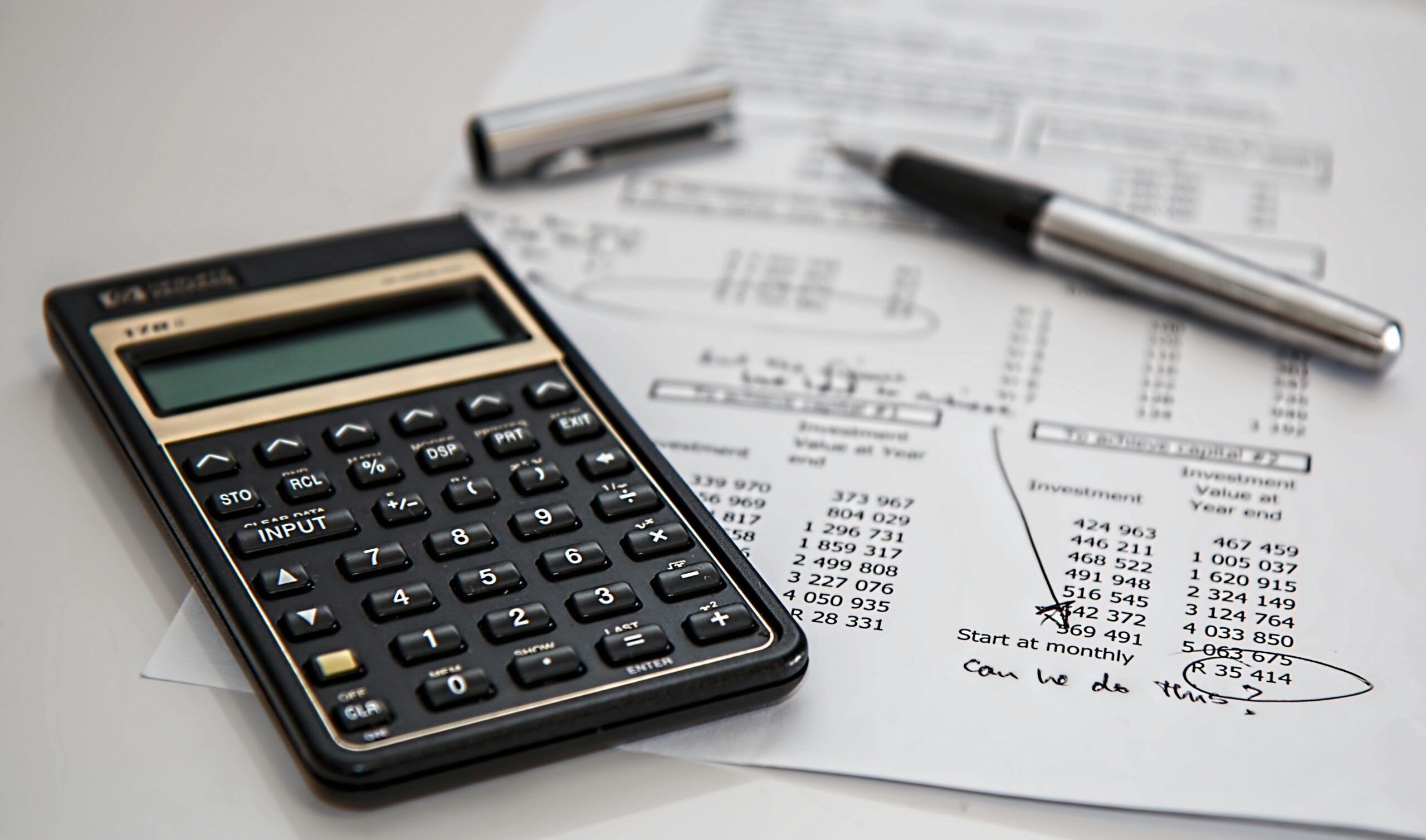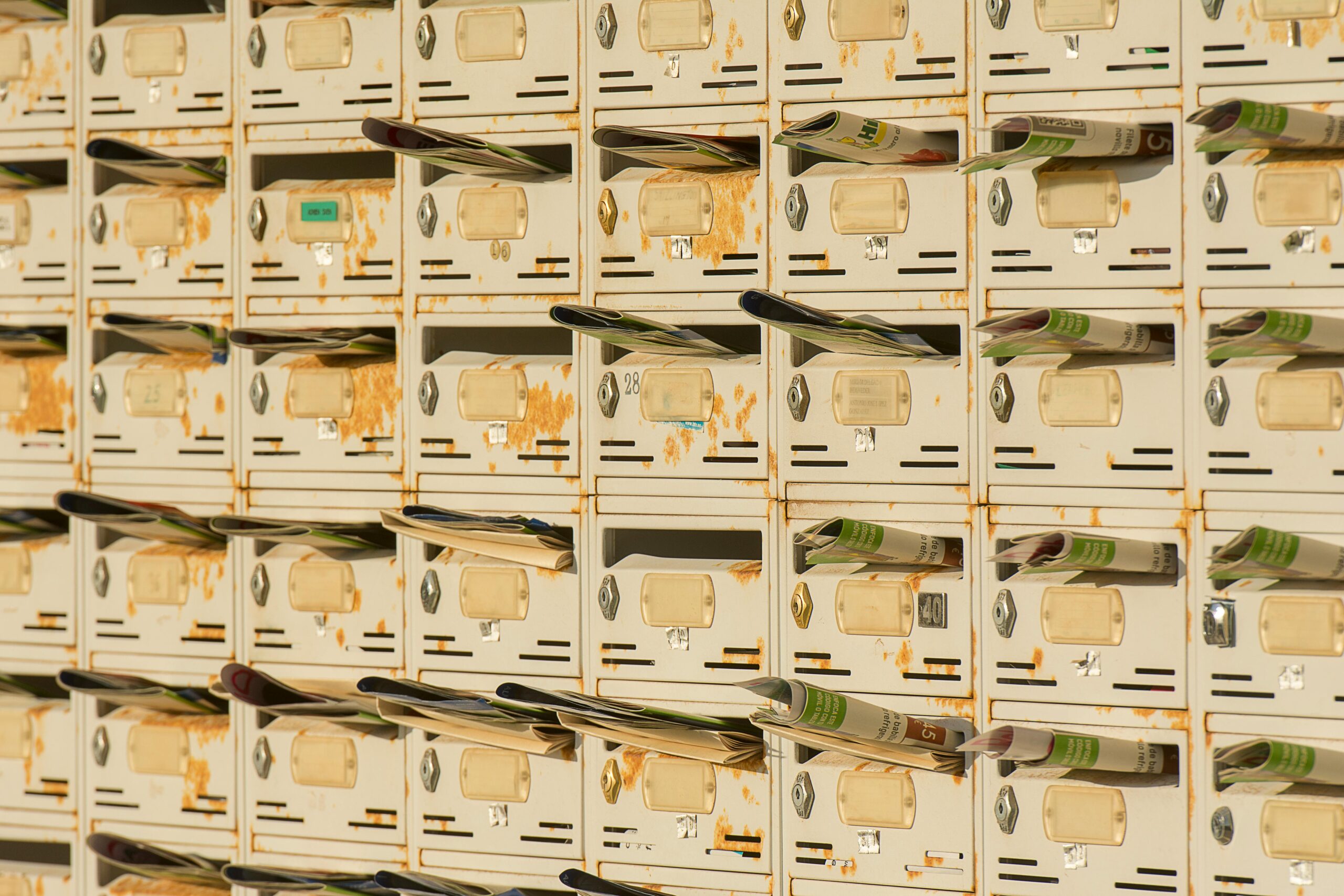
Maintenance of finances was a major setback that occurred during the time of the COVID-19 pandemic. When the individuals as well as the whole country and community were suffering from financial battles and hardships, the importance of having an emergency fund became quite evident. This blog shall reflect on some of the important lessons that COVID-19 taught us. Additionally, we must also know what an adequate amount of savings is important to highlight the necessity of flexibility in financial planning. We must also look at certain perspectives which are important to know to save emergency funds for times of despair.
How to build an emergency fund?
Building an emergency fund is not everyone’s cup of tea. One needs to figure out certain things to do it successfully. Mentioned below are a few key factors that must be building an emergency fund:
1) Set a Goal:
Decide how much you must save for your emergency expenses. One consideration is your monthly expenses, and debt obligations together with other bills like medical bills and car repairs. Aim for putting aside enough to cover at least three to six months’ worth of living costs.
2) Start Small:
If you are at the beginning of your savings, start with reasonable accumulation. Let us just say that saving rs.100 or rs.200 from every paycheck can amount to a sizable sum after a certain amount of time has passed. The main goal is to develop a habit of saving consistently.
3) Make it Automatic:
Set up automatic transfers from your checking account to a dedicated emergency fund savings account. Via automation, you are in turn making the saving process a high priority thus you won’t leave behind or forget any contributions.
4) Use Windfalls Wisely:
Surprising windfalls, including tax refunds, bonuses, or gifts, may add significantly to your emergency fund as well. Rather than spending all this on non-essential things, put this money automatically into a savings account so that you can achieve your objective sooner.
5) Prioritise Debt Repayment:
Debts are something that can destroy the whole financial as well as mental stability of any person. It is crucial to repay all kinds of debts or loans before saving for emergency funds. With debt under control, you might be able to save a larger part of your income into the emergency fund.
6) Stay Consistent:
The best way for a successful emergency fund accumulation is to keep a steady pace. Saving should be a routine of your budget and it should be given priority alongside other financial goals. Even though it may be hard for you to contribute large amounts of money at a time, being consistent will eventually build your savings.
7) Avoid Temptation:
Avoid using the emergency fund for non-emergency purposes. Keep in mind the purpose of the fund—saving for financial security against job loss, medical emergencies, or car repairs. Hence, an individual must have another savings account to not spend avoid unnecessary spendings during emergencies.
These are some of the important factors which must be considered when you are willing to save for your emergency funds.
Amount of money that needs to be saved
When you have a clear view of your monthly expenses, set aside enough to meet at least three to six months of this expenditure. While many experts recommend a 3-6 month fund for most people, if you are a dependent or if you work in a highly volatile industry, you may want to set aside a larger emergency fund that serves as a more comprehensive financial safety net.
Furthermore, take into account any other unusual circumstances. These may include the possibility of bad health or irregular incomes that will affect your financial stability. It is important to consider your current debt situation or any large costs that may come up shortly. Bear in mind that the emergency fund aims to ensure financial security and safety during unpredictable life conditions, therefore the sum of savings should be adjusted to the financial needs and comfort level of every person. Make sure to periodically examine your financial situation and adopt necessary changes to maintain a healthy size of your emergency fund and have a clear picture of how much to save in an emergency fund.
What are some of the best places to keep the fund?
The most appropriate destinations or best places to keep emergency fund are determined by your financial goals, risk appetite and time horizon. The categories are savings accounts for short-term purposes, investment accounts for long-term growth, and some diversified portfolios with stocks, bonds, and real estate. It will be reasonable to consult with a financial advisor to develop a strategy which fits your particular situation.
A savings account with a high yield which is a kind of an account, provides a high interest rate which makes it similar to an emergency fund or a short-to-medium term goal. These accounts are liquid implying that you can withdraw money easily, however, they may be restricted by withdrawal limits or even minimum balance requirements.
A longer-term goal can be achieved by doing a diversified portfolio. You can diversify investments to reduce the risk and get higher returns forever. Hence, know clearly about where to save your emergency money for easy access.
Lessons learned during the COVID-19 regarding finances
COVID-19 has been such an awakening event that has taught us several lessons. One such aspect is finances. Let us briefly have a look at a few financial lessons that the pandemic has taught us:
1) Necessity of Adequate Reserves:
The pandemic increased the problem of those without emergency funds. People with an established emergency fund could afford not to worry about losing their jobs, experiencing reduced income, or sudden bills because of the fund.
2) Flexibility in Income Streams:
The pandemic emphasised the importance of different income streams. Those who had multiple channels of income, e.g. side hustles or investments, were more likely to handle economic instability.
3) Reevaluation of Spending Habits:
The enforced lockdowns and the economic slowdowns made everyone rethink their spending patterns. Numerous people became aware of the essential and non-essential spending distinctions leading towards improved financial decision-making.
4) Importance of the Long-Term Planning:
The pandemic showed the value of long-term budgeting, including retirement savings and insurance coverage. It underscored the significance of contingencies that influence prospective financial stability in the long run.
5) Building a Strong Financial Foundation:
For people who previously didn’t take emergency funds seriously, the pandemic became a breaking point. It showed them the need for the development of a strong financial base such as emergency funds to overcome financial hardships in the future.
In a nutshell, the pandemic has just highlighted the importance of emergency funds as a foundation for financial readiness. It has encouraged people to reconsider their financial targets, reinforce themselves, become financially secure and learn quick ways to build an emergency fund post- COVID.
Conclusion
The pandemic has been a warning alert of how critical emergency savings can be. It proved that having a savings plan will help you to face emergencies like losing a job or incurring unexpected expenses. The lessons gained demonstrate the need for prudent saving, efficient budgeting, and comprehensive financial planning in our lives. The creation and maintenance of adequate emergency funds and how much emergency money should you have is a major element of financial stability helping individuals and families to overcome financial difficulties. It revealed the importance of being prepared for the unforeseen, which emphasised the need for planning to protect financial stability. Emergency funds have always been a need of the hour and the COVID-19 pandemic showed us a clearer way to it.






